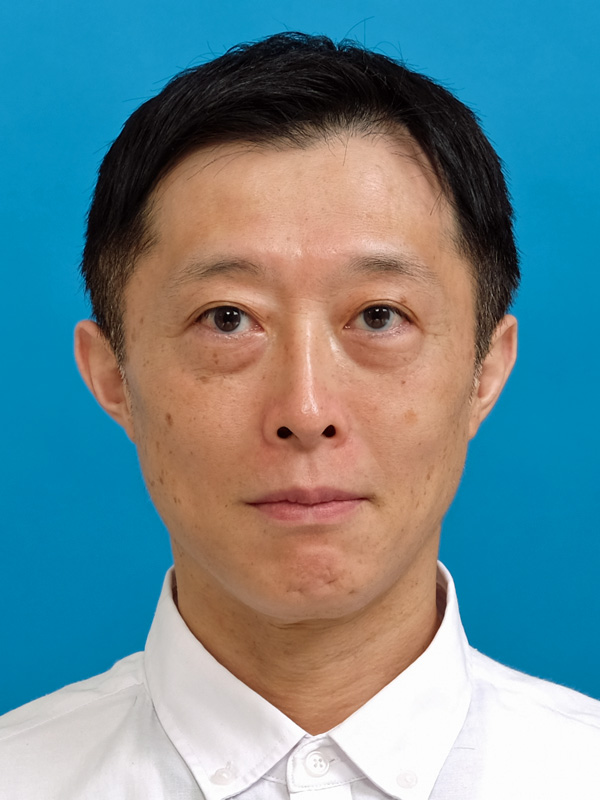Description
Title: Clinical results and MRI evaluations after meniscal repair of the horizontal tear of the discoid lateral meniscus
Authors:
Yasuyuki Kawaguchi1.2, Kneji Honda1,2, Munehiro Ogawa3, Yasuhito Tanaka3
Institutions:
1Hanna Central Hospital, Sports & Arthroscopy Center, Ikoma
2Nara Medical University, Center for Sports Medicine, Ikoma, Nara, Japan
3Nara Medical University, Department of Orthopaedic Surgery, Kashihara
[Objectives]
Recently, various strategies for the meniscal repair and their results have been reported to prevent secondary osteoarthritis due to the meniscectomy. Arthroscopic partial meniscectomy, with or without peripheral repair, is effective and commonly recommended in case of a symptomatic discoid lateral meniscus. The purpose of this study was to evaluate clinical results and MRI signal changes after the meniscal repair of the horizontal tear of the discoid lateral meniscus.
[Methods]
Eight patients (12 knees; 5 men and 7 women) who underwent the meniscal repair of the horizontal tear of the discoid lateral meniscus were enrolled in this study. The patients’ age averaged 22.7 (15-41) years at surgery. Concerning surgical procedure, first, arthroscopic partial meniscectomy and meniscal plasty were performed on the tear in the central area of the discoid lateral meniscus. Then, the remaining part of the horizontal tear was sutured using Inside-out technique. In 8 cases, Fibrin clots were inserted into the horizontal tear. All patients were evaluated using Lysholm score and McMurray test before and 1 year after the surgery. MRI signal evaluations of the horizontal tear were compared four times; before, 1 month, 3 months and 1 year after the surgery. Statistical comparison was performed using unpaired t-test. The significance level was set at p = 0.05.
[Results]
The mean Lysholm score was significantly improved from 65.6 to 94.7 (P<0.05). Positive McMurray test results were detected in all patients before the surgery, however, positive results after the surgery were detected in only 1 patient. Regarding MRI signal evaluations, 1 month postoperatively the status of the horizontal tear was ‘same’ in 9 cases, and ‘reduction’ in 3 cases. One year post operatively, the status was ‘same’ in 6 cases, ‘reduction’ in 4 cases, and ‘disappearance’ in 2 cases. In 2 cases in which Fibrin clots were inserted into the horizontal tear, MRI signal evaluations of the status showed ‘reduction’ at 1 month and ‘disappearance’ at 3 months postoperatively.
[Conclusions]
The clinical results of both Lysholm score and McMurray test after the meniscal repair of the horizontal tear of the discoid lateral meniscus were significantly improved. Concerning MRI signal evaluations, the horizontal tear was ‘same’ in 6 cases, and ‘disappearance’ in only 2 cases. In the cases in which Fibrin clots were inserted the horizontal tear was ‘reduced’ and ‘disappeared’ at an early period, therefore suggesting that Fibrin clots enhance the healing of meniscal tears.




